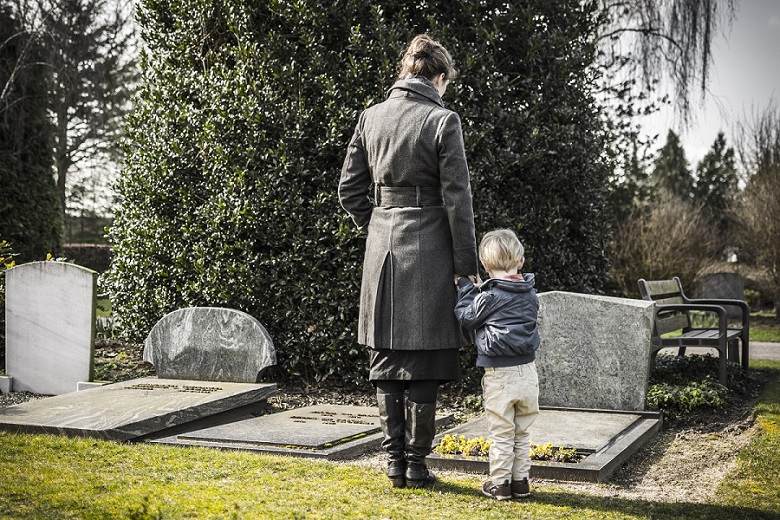Chapter 15. Death and Dying
Introduction

As you learned in your book’s chapter on death and dying, we follow different paths to death: suddenly, after a steady decline, or a long and erratic process (Field, 2009). Death as a long and erratic process is the most common pathway to dying currently. Generally, after developing a terminal illness, people struggle with the disease for years before death.
Many approaching their final days search for what they consider a good death. For many, death is “best” when it occurs in the “homeland” (not far away), accounting for why people prefer to die surrounded by their loved ones and reject the sanitized, impersonal way it takes place in a hospital’s intensive care unit (Prevost & Wallace, 2009; Shih et al., 2009).
15.1 Activity
In this activity, you will evaluate your own priorities for a good death.
Place the following items in order of importance (1 is the most important and 7 is the least important) when you think about dying.
15.2 Something to Consider
Whether we like to think about it or not, death is an inevitable part of the lifespan. Each of us will experience the death of a close loved one, a friend, a relative, a spouse, or even a child before the end of our lifetime. When searching for a good death, we generally want to minimize pain and fear, be close to loved ones, enhance spirituality, and feel that life has meaning (Downey et al., 2010; Karlsson & Berggren, 2011; Leung et al., 2010; Shih et al., 2009). These are some highlights to keep in mind when you witness the death of someone close to you.
If someone close to you were nearing the end of their life, how would you honor their preferences for how they wanted to spend their last days?
References
Downey, L., Curtis, J. R., Lafferty, W. E., Herting, J. R., & Engelberg, R. A. (2010). The quality of dying and death questionnaire (QODD): Empirical domains and theoretical perspectives. Journal of Pain and Symptom Management, 39(1), 9–22.
Field, M. J. (2009). How people die in the United States. In J. L. Werth Jr. and D. Blevins (Eds.), Decision making near the end of life: Issues, developments, and future directions (pp. 63–75). New York: Routledge.
Karlsson, C., & Berggren, I. (2011). Dignified end-of-life care in the patients’ own homes. Nursing Ethics,18(3), 374–385.
Leung, K. K., Tsai, J. S., Cheng, S. Y., Liu, W. J., Chiu, T. Y., Wu, C. H., & Chen, C. Y. (2010). Can a good death and quality of life be achieved for patients with terminal cancer in a palliative care unit? Journal of Palliative Medicine, 13(12), 1433–1438.
Prevost, S. S., & Wallace, J. B. (2009). Dying in institutions. In J. L. Werth, & D. Blevins (Eds.), Decision making near the end-of-life: Issues, developments, and future directions. Series in death, dying, and bereavement (pp. 189–208). New York: Routledge/Taylor & Francis Group.
Shih, F., Lin, H., Gau, M., Chen, C., Hsiao, S., Shih, S., Sheu, S. J. (2009). Spiritual needs of Taiwan’s older patients with terminal cancer. Oncology Nursing Forum, 36, e31–e38.